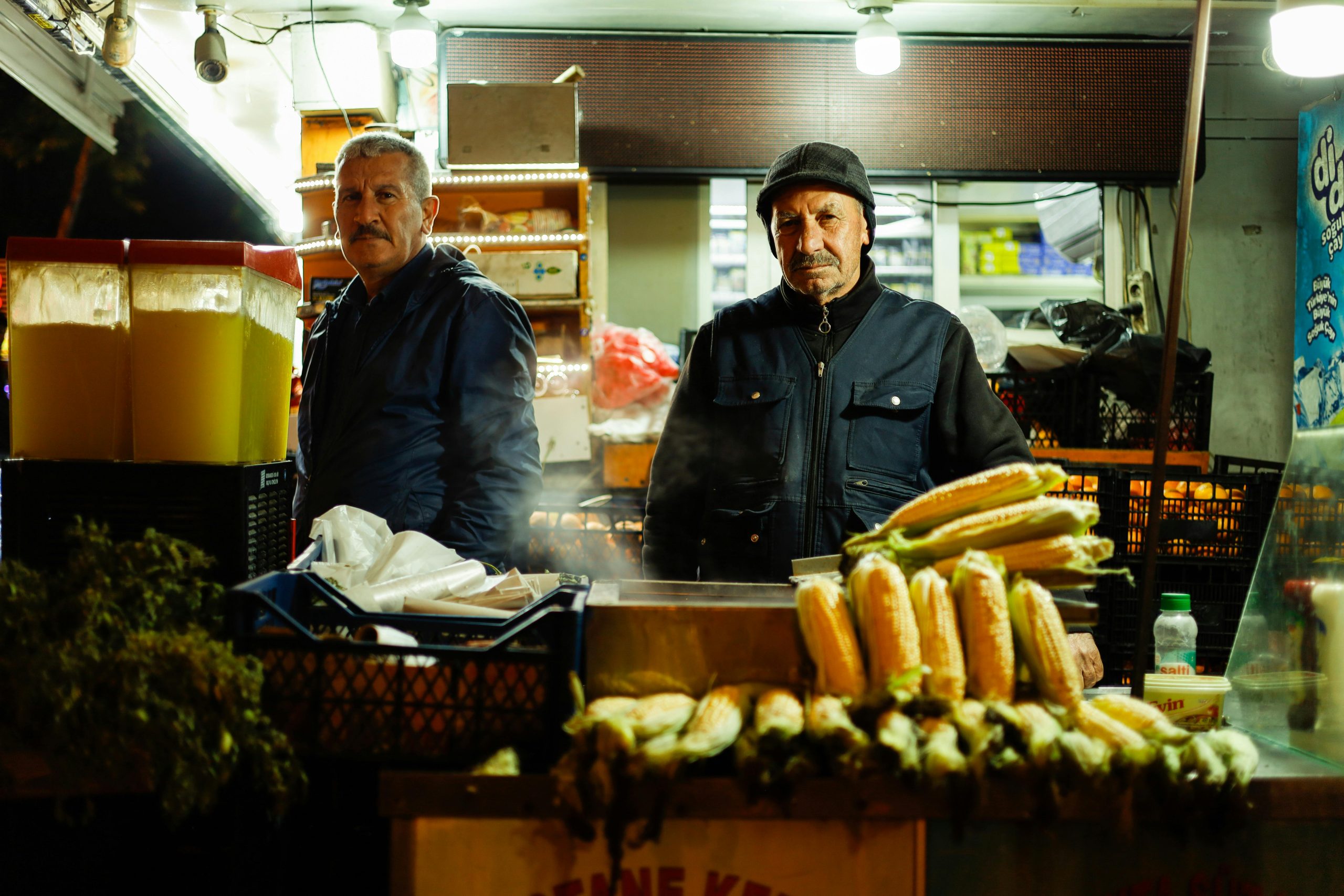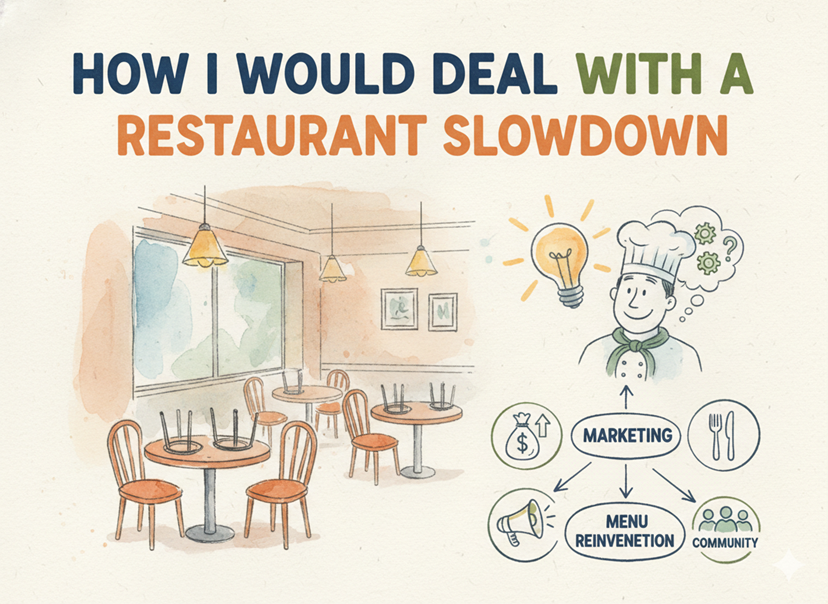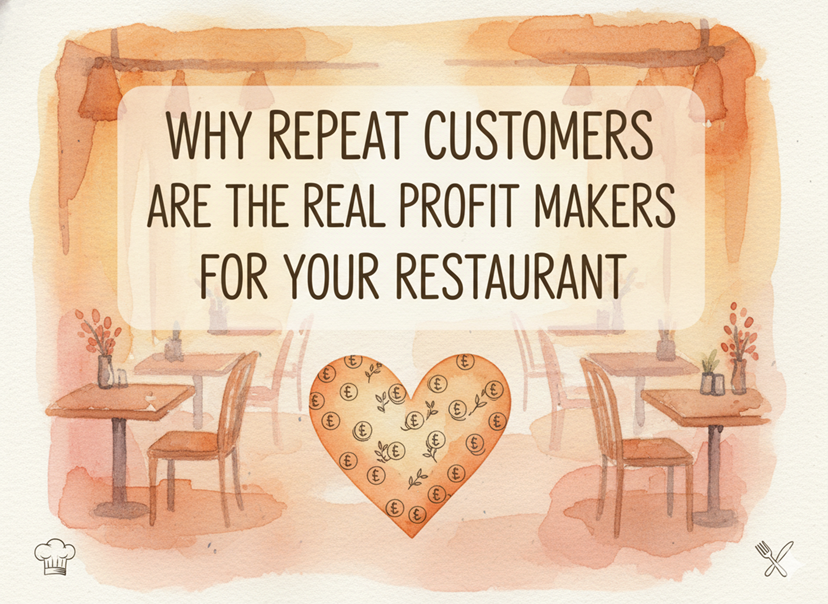You can’t deal with challenges arising in the Food and beverage industry if you aren’t equipped with the right information. There are some things that you should keep an eye on so that you can put your efforts in that direction and get fruitful results. Did you know that cafe and bar culture is growing in Malaysia with a 13.16% year-on-year growth? This is the right time to make changes to your cafe to make it more appealing or start a new cafe instead of choosing any other restaurant style. How much percentage of people do you think ordered food online? It’s more than you think and you will be shocked to see how rapidly cloud kitchens are growing in Malaysia.
We went through some of the crucial insights about the restaurant industry published in ‘Malaysia Foodservice Market Size & Share Analysis – Growth Trends & Forecasts up to 2029’ by Mordor Intelligence. Even though we couldn’t access the whole report, we believe the information presented in this was important for you to know. Based on the information we’ve written this blog to equip you with insider information that you should have access to before your neighbor does. Read more to find out where you need to direct your efforts and how much you will get out of it.
1. The Rise of Cafes and Coffee Culture
If you’ve noticed a growing number of cafes in your area, you’re not alone. Malaysia’s café culture is booming, with a 13.16% year-on-year growth in cafes and bars from 2021 to 2022.
Why? People are drinking more coffee. In 2022 alone, Malaysians consumed 800,000 bags of coffee. Younger customers, in particular, enjoy specialty coffee experiences in trendy cafes. If you run or are thinking about opening a café, focus on creating a unique experience. Invest in quality coffee, comfortable spaces, and Instagram-worthy interiors.
2. Trend of Cloud Kitchens
Cloud kitchens are the fastest-growing segment in the food and beverage industry. With a projected growth rate of 15.82% CAGR in the coming years, they are reshaping the way food is prepared and delivered.
What makes cloud kitchens special? They don’t rely on dine-in customers. Instead, they cater exclusively to online food delivery, a service that has skyrocketed. In 2022, 84.2% of Malaysians used the internet, and more than 85% ordered food online. Platforms like Foodpanda, GrabFood, and DeliverEat dominate the delivery space.
If you want to capitalize on this trend, consider investing in a cloud kitchen model. It requires less space, reduces operational costs, and helps you reach more customers through delivery apps.
3. The Popularity of Quick Service Restaurants (QSRs)
Fast food is here to stay, especially among younger Malaysians. In 2022, 84% of young students preferred quick-service restaurants (QSRs) because they are affordable and convenient.
Chains like KFC, McDonald’s, and Domino’s Pizza are leading the charge, with hundreds of outlets in densely populated cities like Kuala Lumpur and Klang. These restaurants reported an 11.72% sales growth in 2022, proving the demand for fast food.
If you own a QSR, focus on efficiency and consistency. Invest in fast service, quality control, and a strong online presence. Also, consider expanding to high-traffic areas to increase visibility.
4. Food Safety and Quality Are Non-Negotiable
Food safety and quality can make or break your reputation in the restaurant industry. The Malaysian government enforces strict regulations, including the Food Act 1983 and Food Hygiene Regulation 2009.
These laws ensure your food meets hygiene and safety standards. Authorities like the Food Safety & Quality Division (FSQD) monitor restaurants to minimize risks. Beyond compliance, customers expect high standards. Adhering to international certifications like ISO 22000:2005 and Safe Quality Food (SQF) can boost customer trust.
To stay ahead, invest in staff training, kitchen hygiene, and quality control processes. A clean and safe kitchen is essential for your success.
5. Leveraging Technology in the F&B Industry
Technology is transforming the food and beverage industry. From online ordering to automated inventory management, it can help you save time and reduce costs.
Many restaurants now use apps to track orders, manage inventory, and handle customer feedback. If you haven’t already, consider integrating technology into your operations. Simple changes like accepting digital payments or using a point-of-sale system can improve efficiency.
6. Understanding Customer Preferences
The restaurant industry reports show that customer preferences are changing. People want convenience, quality, and value for money. Post-pandemic, takeaways and deliveries have become a norm. You’re missing out on a huge market if you’re not offering delivery services.
Moreover, younger Malaysians are drawn to healthier options. Adding nutritious meals to your menu can attract health-conscious customers. Think about adding vegetarian or low-calorie options.
7. The Power of Location
Location still plays a critical role in the success of your restaurant. Popular brands like KFC and Pizza Hut are expanding in densely populated cities to reach more customers.
If you’re planning to open a new outlet, consider areas with high foot traffic. Urban centers and commercial districts are great choices. Existing restaurants should focus on local marketing to attract nearby customers.
8. Opportunities for Growth
The Malaysian F&B industry is highly competitive, but it offers immense growth opportunities. Major players like QSR Brands and Domino’s Pizza are expanding their reach through partnerships and new outlets.
As a smaller player, you can stand out by focusing on a niche market. Whether it’s offering unique cuisines, specialized diets, or sustainable dining, finding your niche can help you carve a loyal customer base.
9. Challenges to Watch Out For
Running a restaurant isn’t without its challenges. Rising costs, competition, and supply chain issues are common hurdles. However, these challenges also present opportunities to innovate.
For example, cloud kitchens can help reduce rental costs. Partnering with local farmers can ensure a steady supply of fresh ingredients. Embracing technology can streamline operations.
The Malaysian food and beverage industry is changing and you need to pull up your socks to keep up with trends. You will be shocked to know that Malaysians have started preferring cafes and coffee culture more, with a 13.16% growth in cafes and 800,000 coffee bags consumed in 2022. 85% of Malaysians use online food delivery options and Cloud kitchens are growing at a 15.82% CAGR. Quick Service Restaurants (QSRs) like KFC and McDonald’s remain popular, driven by affordability and convenience. You need to build trust among your customers through strict compliance of food safety laws and certifications. This is high time that you embrace technology, understand customer preferences, and choose prime locations. Despite challenges, niche markets and strategic innovations can offer you immense growth opportunities.




